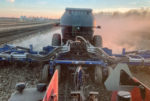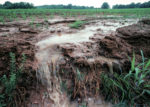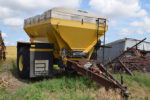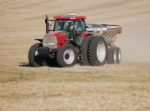Advertise Follow Us
Items Tagged with 'MAP'
ARTICLES
Strip-Till
Farmer’s switch to strip-till pays off in the form of higher corn yields & better bottom line
Read More
Banding Nutrients Nets Higher ROI & Yields Than Broadcasting
Beck's Practical Farm Research (PFR) nutrient management study also reveals slight edge for spring strip-till over fall strip-till
Read More
[Podcast] Jared Kenney on Taking No-Till Advice and Precision Nutrients
For this episode of the No-Till Farmer podcast, brought to you by Yetter Farm Equipment, Associate Editor Noah Newman talks to Jared Kenney of Amherste, Neb. Kenney finished second in the National Corn Growers’ Association Annual Yield Contest for Irrigated No-Till in Nebraska.
Read More
Tips For Getting More From Your ‘P And K’
Building healthier no-till soils, frequent soil testing and other readily available products and practices can help no-tillers stretch their fertility dollars further, regardless of their application system.
Read More










